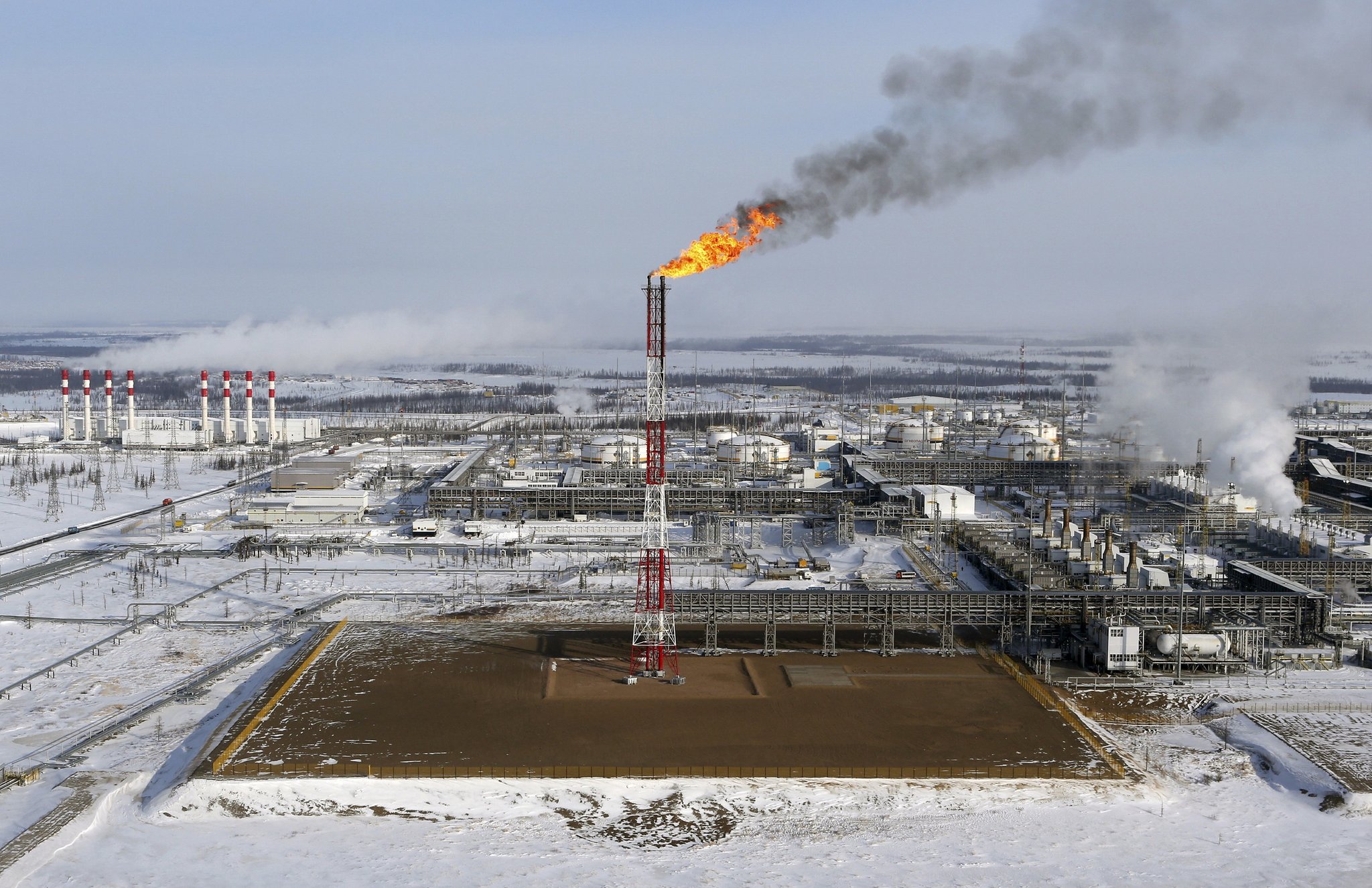
Ukraine’s intensified drone attacks on Russia’s oil industry since August has crippled Russia’s oil processing capacity and strained the country’s fuel market. Some 40% of Russia’s oil refining capacity was taken offline since August 2 after Ukraine started using long-range drones to strike Russian oil refineries, have triggering nationwide fuel shortages and price surges, according to Kyiv Post analysis.
According to tallies by the Kyiv Post, Ukraine’s military intelligence, special operations forces, and drone units have carried out at least 55 identifiable attacks on Russian fossil fuel processing sites since early August with the farthest strikes reaching 1,500–1,700 kilometers deep into Russia hitting refineries in the Perm and Bashkortostan regions. Each attack involves 10–20 drones per target, with additional aircraft used as decoys or to overwhelm defences. Drones are small and usually carry 200 kilograms of explosives. The largest attack took place on August 2 night when the Kremlin claimed to have shot down 332 drones. The attacks are also carried on refineries and facilities that are difficult to repair due to Western sanctions.
According to analysis, by early Ukrainian attacks had taken 17–25% of Russia’s refining capacity offline, while this figure rose by 38–40% by early October. One-third of Russia’s oil refineries are within the range of Ukrainian drones, which means half of accessible refineries have already been hit by Ukrainian drones.
Visible damage to energy sector
The relentless drone attacks have inflicted tangible damage to Russia’s energy market with every major indicator pointing to contraction – reduced output, falling refinery capacity, growing shortages.
Industry analysts indicate that total gasoline and diesel output fell 6% in August and another 18% in September — about 70% of that loss directly linked to Ukrainian drone attacks. The Kinef and Ryazan refineries — Russia’s second and fifth largest - were among the hardest hit. As a result, supply now covers only 80% of domestic demand. Price controls have worsened the situation. Wholesale prices now exceed the government’s retail ceiling, putting independent gas stations - which make up 60% of the network — at risk of collapse.
Shortages and Regional Disruptions
While initially fuel shortages were affecting Ukraine’s Russian-held regions and Russia’s border regions, today these shortage is visible nationwide. Russian-annexed Crimea Peninsula is the worst hit area with stations running dry for over a week in late September and prices remaining highest across entire Russia even after resupply and rationing capped at 20–30 liters per customer. Fuel shortage problem has spilled over to Buryatia, the Far East, Yakutia, Chukotka, the Kurile Islands, and Ukraine’s occupied Luhansk region. Central regions such as Ryazan, Nizhny Novgorod, Samara, and Belgorod are also being affected now. In Khabarovsk, as many as 90% of gas stations were recently closed. Long queues, rationing, and regional supply collapses have become common nationwide.
Russia’s Struggle to Respond
Despite Russian state media’s downplaying Ukrainian attacks and their effect on the country’s oil refining capacities, the Kremlin has introduced emergency measures to tackle the growing fuel shortage problem. Recently, the government introduced a near-total diesel export ban until the end of 2025. Once an oil and gas giant, Russia has also started imports of gasoline and diesel from countries like China, Belarus, South Korea, and Singapore. In another measure to curb the contraction in energy industry, the Kremlin has authorized adding methyl tert-butyl ether - a carcinogenic additive banned since 2016 - to domestic gasoline. In addition to these measures, the Kremlin has introduced fuel rationing in Crimea and the Far East region.